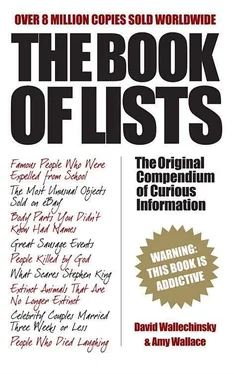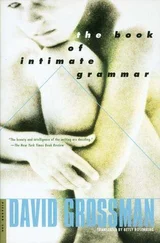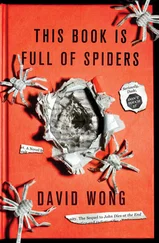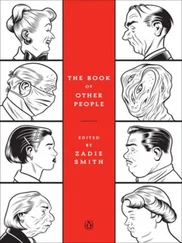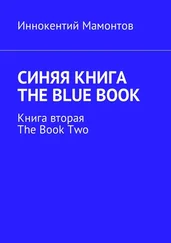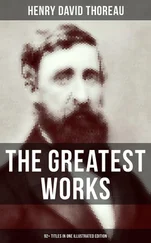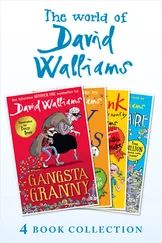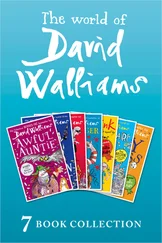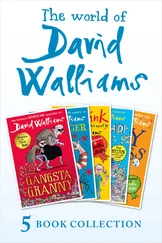SACCO AND VANZETTI (1921–27)
In 1921 two Italian-born anarchists were convicted, on the basis of disputed evidence, of murdering a guard and a paymaster in a South Braintree, Massachusetts, payroll robbery. The six-year legal battle for the life of shoemaker Nicola Sacco and his friend Bartolomeo Vanzetti, a fishmonger, became an international cause célèbre . There were general strikes in South America, massive demonstrations in Europe, and protest meetings in Asia and Africa to affirm a worldwide belief in their innocence. Despite new evidence, the trial judge refused to reopen the case, sending Sacco and Vanzetti to the electric chair on August 23, 1927, and sparking a new wave of riots all over the world. In the US, important people and public facilities were placed under armed guard as a precaution, while thousands of mourners conducted the martyrs to their final resting place.
THE SCOTTSBORO BOYS (1931–50)
Nine black youths, aged 13–19, were charged with the ‘rape’ of two white prostitutes who had been riding the rails with them. Hurriedly tried and convicted in the Alabama town of Scottsboro, all but the youngest boy received a death sentence in 1931. The case attracted the attention of the Communist party, and workers throughout the US soon demonstrated — at Communist instigation — against the convictions of the ‘Scottsboro boys’. In Dresden, Germany, the US consulate was stoned by a crowd of Communist youths. In New York City’s Harlem, 1,500 protestors led by Communists left so many signs and banners after their march that two dump trucks were needed to haul the refuse away. The US Supreme Court twice ordered retrials, citing the inadequacy of defence counsel and the exclusion of black citizens from southern juries. The Scottsboro boys were retried three times in all. It was 1950 before the last one — middle-aged by then — was released.
THE MARIA HERTOGH CUSTODY CASE (December 11, 1950)
Maria Hertogh was born in 1937 in Indonesia to Dutch Roman Catholic parents. When the Japanese invaded in WWII they interned Maria’s parents. During this time, Che Amirah and her husband looked after Maria. She was renamed Nadra and raised as a Muslim. Later, the Amirahs moved to the British colony of Malaysia. After the war, Maria’s parents tried to find her but were unable to locate her until 1949. Adeline Hertogh went to court to claim custody of Maria. A Singapore court ruled that Maria should be returned to her natural parents. After the verdict was announced, Maria cried, ‘Amirah is my mother. She has loved me, cared for me and brought me up.’ Che Amirah then appealed and the verdict was reversed in July 1950. In August, 13-year old Maria married a 22-year-old teacher in a Muslim ceremony. Meanwhile, the custody case was again appealed. The court ruled that Maria’s father had never consented to have the Amirahs raise the girl and that the Hertoghs should therefore have custody. The court also annulled Maria’s marriage. While Che Amirah appealed this latest verdict, authorities decided to place Maria in the care of a convent. Newspaper pictures of Maria in a Christian convent aroused the antipathy of Singapore’s Muslim population. On December 11 the court rendered its final decision, dismissing Amirah’s appeal and confirming the Hertoghs’ custody of Maria. After the verdict was announced, crowds of Muslims outside the courthouse started rioting. By the time British military police regained control of the streets 3 days later, 18 people had been killed and 173 injured.
THE CHICAGO SEVEN (1969–70)
The case of the Chicago Seven, spawned in street rioting during the 1968 Democratic national convention in Chicago, triggered a renewed round of protest after the jury verdict was delivered in 1970. The trial itself was chaotic: Black Panther leader Bobby Seale had to be bound and gagged to keep him quiet, and the wife of Yippie leader Abbie Hoffman warned the judge that she would dance on his grave. The seven defendants were acquitted of conspiracy, but five of them received maximum sentences (five years plus fines and court costs) for their intent to incite a riot. The ‘jury of the streets’ registered its immediate disapproval: some 5,000 marchers protested the verdict in Boston, 3,000 assembled in Chicago, and in Washington, DC more than 500 demonstrators convened in front of the Watergate residence of US Attorney General John Mitchell. Students at the University of California in Santa Barbara burned down a local bank in protest, prompting Governor Ronald Reagan to threaten further antiriot prosecutions.
THE DAN WHITE CASE (1979)
At his trial for the murders of San Francisco Mayor George Moscone and Supervisor Harvey Milk, Dan White claimed as a mitigating circumstance that he ate too much junk food. A former policeman and a member of the city’s board of supervisors (he was elected with the slogan, ‘Crime is number one with me’), White had resigned from the board, then changed his mind. Angered by the mayor’s refusal to reappoint him, he shot Moscone and Milk, leader of the city’s large gay population, on November 27, 1978. White had suffered from depressions that were compounded by his overconsumption of Twinkies, his attorney argued. On May 21, 1979, when the jury returned a verdict of involuntary manslaughter due to ‘diminished capacity’ — which meant the possibility of parole in five years — the huge gay community and their supporters rioted in the streets of San Francisco, torching 12 police cars and causing $1 million-worth of property damage. As one gay leader announced, ‘Society is going to have to deal with us not as nice little fairies, who have hairdressing salons, but as people capable of violence.’ White committed suicide in 1985.
THE RODNEY KING BEATING TRIAL (April 29–30, 1992)
In the early morning hours of March 3, 1991, motorist Rodney King was stopped by Los Angeles police officers following a three-mile high-speed chase. According to the arrest reports filed later, King refused orders to exit the car, then put up such a struggle that officers had to use batons and stun guns to subdue him. However, unknown to the police, the entire incident had been filmed by a nearby resident, and the video told a different story. On the tape, King appeared to offer little resistance as several officers kicked and beat him to the ground, while a dozen of their colleagues looked on. Public outrage led to a grand jury investigation that indicted four officers — Theodore J. Briseno, Stacey C. Koons, Laurence M. Powell, and Timothy E. Wind — for assault and the use of excessive force. Because of the massive publicity, when the trial opened on March 4, 1992, it had been moved from Los Angeles to suburban Simi Valley. The prosecution presented several witnesses who testified that the officers — particularly Powell — were ‘out of control’. However, defence attorney Michael Stone insisted, ‘We do not see an example of unprovoked police brutality. We see, rather, a controlled application of baton strikes for the very obvious reason of getting this man into custody.’ The jury clearly agreed. On April 29 they returned not-guilty verdicts for all the defendants. The verdict rocked Los Angeles. Within hours, the city erupted in rioting that left 58 people dead and caused $1 billion in damages.
– C.D. & C.F.
WITTICISMS OF 9 CONDEMNED CRIMINALS
GEORGE APPEL (electrocuted in 1928)
As he was being strapped into the electric chair Appel quipped, ‘Well, folks, you’ll soon see a baked Appel.’
JESSE WALTER BISHOP (gassed in 1979)
The last man to die in Nevada’s gas chamber, Bishop’s final words were, ‘I’ve always wanted to try everything once… Let’s go!’
Читать дальше
